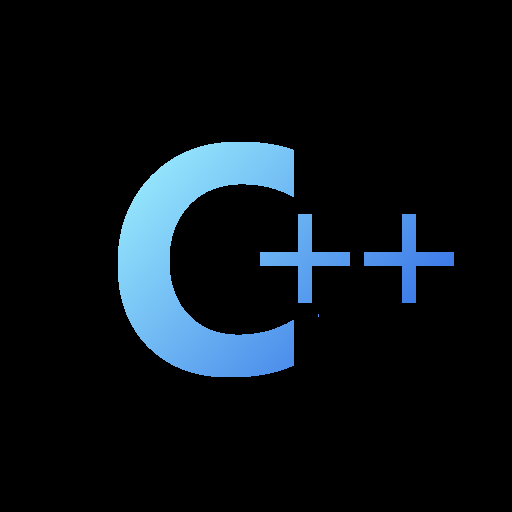

But what does having the cursor at the right do for you?
Like, are you just manually adding URL parameters all the time?
Hiker, software engineer (primarily C++, Java, and Python), Minecraft modder, hunter (of the Hunt Showdown variety), biker, adoptive Akronite, and general doer of assorted things.


But what does having the cursor at the right do for you?
Like, are you just manually adding URL parameters all the time?


So, I don’t know… But I’m also curious as to why/what you’re trying to achieve and whether you’ve considered any alternative solutions?


I would be so upset if Hunt Showdown did this.
Hell, I’m mad Apex Legends did it and I have very little time invested in that game.
I really wish game developers would stop with this kernel level anticheat nonsense that doesn’t even work. Everyone in every gaming community just points the finger, people that play games using Easy Anticheat say Battleye sucks and vice versa.
If kernel level anticheat actually worked, there would be a definitive answer to which games have good anticheat.


I’m curious if this improves anything gaming wise as well; with better frame sync and all?
Does anyone have a good enough grasp on this to know if that’s at all relevant?


If it was BitWarden where I can see the client side code … and there wasn’t a better option, quite possibly.
I give my ISP and many other places my BitWarden vault all the time and I just trust they’re not recording the traffic and trying to decrypt it.


I recommend against hosting a password manager yourself.
The main reason is self hosted systems require maintenance to patch vulnerabilities. While it’s true that you won’t be on the main list if e.g. bitwarden gets hacked, your data could still be obtained or ransomed by a scripted attack looking for e.g. vulnerable VaultWarden servers (or even just vulnerable servers in general).
Using professional hosting means just that, professional hosting with people who’s full time job is running those systems and keeping people that aren’t supposed to be there out.
Plus, you always have the encryption of the binary blob itself to fall back on (which if you’ve got a good password is a serious barrier to entry that buys you a lot of time). Additionally vaults are encrypted with symmetric crypto which is not vulnerable to quantum computing, so even in that case your data is reasonably safe… And mixed in with a lot of other data that’s likely higher priority to target.


Man that’s certainly a strategy…


This is why you use fish shell and just type something vaguely similar to what you remember and hit the up arrow key.
ClamAV is mostly for filtering things on mail servers or uploads to a shared resource like a wiki.
You can also use it as a system virus scanner, but most viruses it detects are Windows viruses.


They definitely could’ve been Proton, but they’ve just constantly played follow the leader into obscure things like making a new operating system instead of useful products.
Even when they do make something useful, it’s normally tied to Firefox in a “you MUST use Firefox” kind of way, which is just so unnecessary.


The memes that I remember being all over Reddit about “where did you get that code … I stole it [from stack overflow]” honestly terrified, and continue to, terrify me.
Yeah it would be great to get clarity on what exactly this means for Linux.
I think it might mean the shader cache for a DirectX Windows game can be used for a DXVK VKD3D Linux game (which might help with stuttering weirdness) but I’m unsure.


That’s a laudable difference /s. Using Rust is also an “opt-in” option.


Maybe; it does sound like reducing the size of the driver is potentially possible as well https://www.phoronix.com/news/AMDGPU-Headers-Repo-Idea


See my reply to funtrek’s reply.


If a “safe C++” proposal truly proposes a safe subset, then yes your C++ code would have to opt-in to doing unsafe things. For the purposes of this discussion of a safe subset … the point is moot.


Rust still allows people to do (basically) whatever they want via unsafe blocks.


Right; any solution they come up with presumably needs to be more scalable than “new drivers” and “old drivers”. Eventually there will be too large a set of “old drivers” and we’ll end up in the same situation with a small “new drivers” driver and a large “old drivers” blob.


Very interesting. I changed my IO scheduler to kyber for unrelated issues… Maybe between that and the processing power (7950X + 7900 XTX)… my hangs were just sub second.
I kinda felt that way about the entire show… Some people really loved that show and I watched it just to know what they were talking about… But for the most part I kept wondering what I was missing.
I watched all of the seasons and ultimately felt like it was a good time passer but not a particularly captivating show.